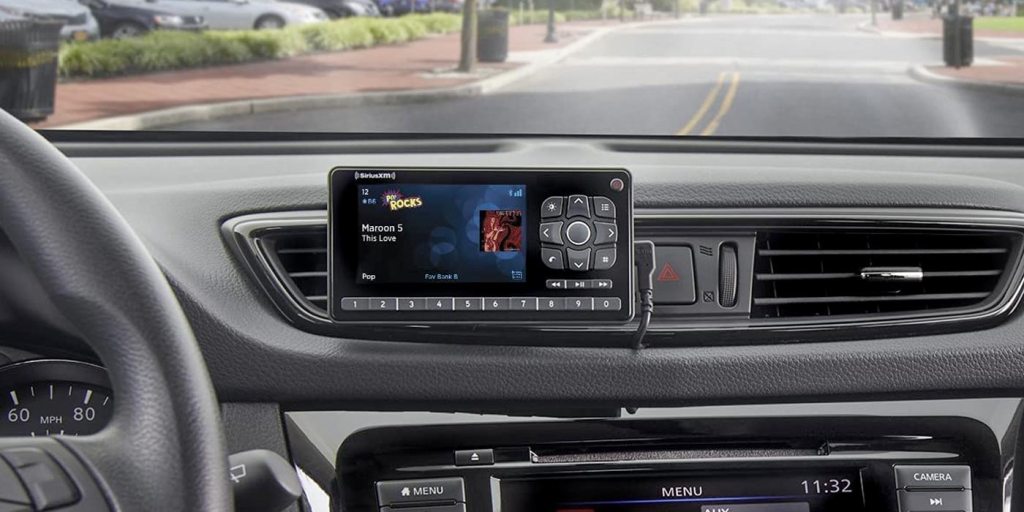
The National Aeronautics and Space Administration (NASA) has successfully tested 3D-printed rocket engine nozzles made out of aluminum for the first time as part of a project that seeks to reduce the costs of engine manufacturing and engine weight. Rocket engine nozzles are required to withstand significant heat and pressures, which necessitates using complex procedures and thousands of components to fabricate them. With the new engines, the space agency aims to reduce the costs associated with deep space exploration and reduce rocket weight to allow it to carry more payload.
NASA Tests 3D Printed Rocket Engine Nozzle 22 Times For Ten Minutes Of Total Run Time
To build its 3D printed rocket engine nozzle, NASA had to develop an aluminum variant that would be suitable for additive manufacturing and also be capable of withstanding the stressful operating conditions of a rocket engine. An engine nozzle is one of the most important components of a rocket, and along with the combustion chamber, it has to withstand the extreme heat from the engine's combustion and combustion byproducts.
This engine nozzle is made out of aluminum A6061-RAM2 and it is part of NASA's Reactive Additive Manufacturing for the Fourth Industrial Revolution (RAMFIRE) project. The project is exclusively focused on developing 3D printed rokcet engine nozzles, and it focuses on introducing design changes to allow for rocket simplicity and cooling.
A rocket engine nozzle, which is the bell shaped component located at the bottom, is often cooled by super chilled propellants that flow through it. This is achieved by machining channels inside the nozzle's walls, and then flowing them back to the engine's combustion chamber to generate thrust. These channels require hundreds, if not thousands, of individual components, which naturally complicates the manufacturing process and increases both costs and weight.
By using 3D printing for manufacturing engine nozzles, NASA and its engineering and build partner for the RAMFIRE project, RPM Innovation, will be able to make the rocket engine nozzle out of a single piece. This significantly reduces costs and simplifies the engineering process, and it also makes the nozzle lighter. All of these are significant benefits, especially since weight is one of the biggest constraints on a rocket. Engineers have to carefully balance a rocket's weight and propellant with the amount of payload that it can carry to ensure that the vehicle can actually lift off at the time of launch.
NASA believes that 3D printing advancements for making rocket engine components will enable it to carry more payload, particularly on interplanetary missions. For the RAMFIRE 3D printed rocket engine nozzle, NASA has conducted 22 successful tests and cumulatively tested it for 579 seconds or roughly ten minutes with temperatures touching 6,000 Fahrenheit.
Additionally, NASA and RPM Innovation have also manufactured an aerospike nozzle as well as a tank for cryogenic fluids. The aluminum for these components has been built in partnership with Elementum 3D. Additive manufacturing for rocket manufacturing is a relatively newer field, and Long Beach, California based rocket company Relativity Space has already started manufacturing tanks, engines and other components with 3D printing.
WccftechContinue reading/original-link]








